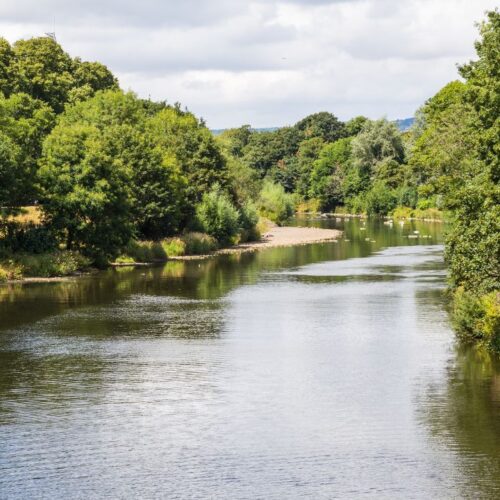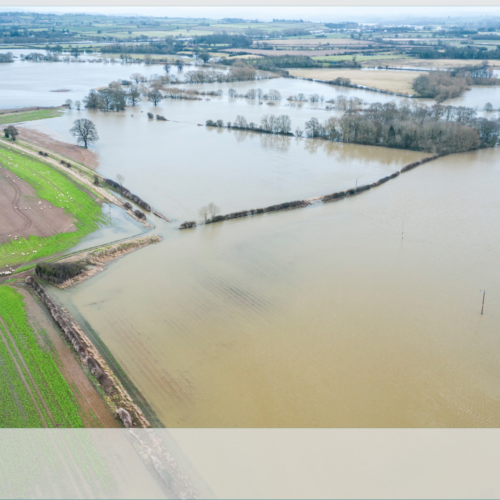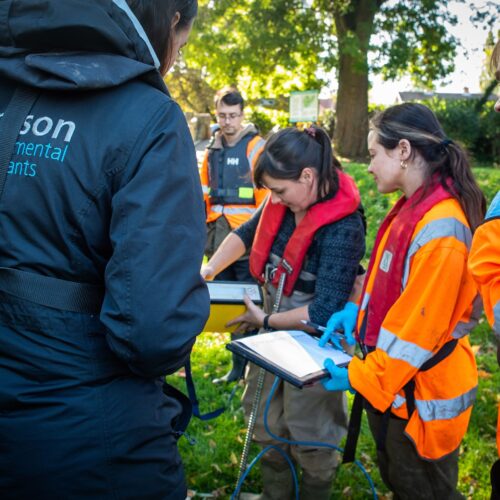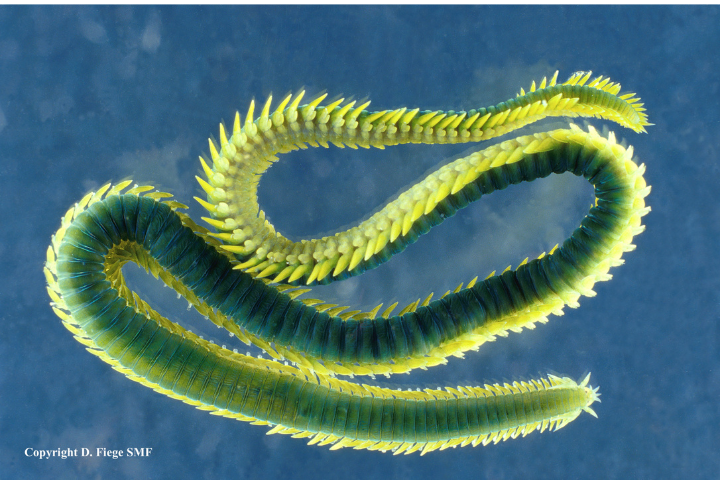Compared to typical amphipods, Caprellids have a reduced number of limbs, and the segments of their body are elongated, as are the limbs of many species, giving rise to their common name – skeleton shrimp. You could be forgiven for not recognising a skeleton shrimp; they’re usually small (less than 3cm long) and their unusual body type allows them to blend into their surroundings, making them difficult to spot. The UK is home to 22 species of Caprellid (1), most of which live subtidally, where they can be found clinging to algae or other animals on the seabed.
The Japanese skeleton shrimp, Caprella mutica, is native to North-East Asia, and was first recorded in European waters in 1995 and in the UK in 2000 (2). It has also successfully established populations throughout the Northern hemisphere and in New Zealand (3). All species of Caprella spend their lives attached to, or very close to, the seabed (though they can swim short distances), and do not have a planktonic larval life stage. So, how can such a small crustacean travel halfway around the world and successfully invade habitats across the globe?
In its natural range, C. mutica lives on stands of macroalgae which it clings to using its modified claw- like pleopods (hindmost limbs). It is also a synanthropic species: it thrives wherever humans have modified the natural environment. The densest recorded populations of C. mutica have been found on artificial substrates, reaching over 300,000 individuals per square meter (4). It is often found on the pilings of docks and harbours, mooring lines, and aquaculture equipment. It can even foul the hulls of vessels and is also found in the ballast water of ships.
It is likely that C. mutica was introduced to the UK, as well as other regions, in the ballast water of ships and through the transport equipment and animals used in aquaculture, such as oysters (2). Once a population is established, secondary invasions may occur through rafting, where a substrate becomes detached from the seabed and is carried to a new area, along with the organisms living on it. Rafting on biological materials such as free-floating algae or wood is a well-documented natural mechanism for species to expand their range (5). The increasing amount of litter in the oceans may help invasive species to expand their ranges further; plastics, in particular, remain buoyant for much longer than most biological rafts and so may help species travel great distances (5).
The ability of C. mutica to form colonies and thrive on artificial structures is not the only characteristic which allows them to be such a successful invasive species. From birth, C. mutica can take as little as 21 days to reach maturity and be able to breed (6). Females can produce multiple broods over their relatively short lifetime, each with over 300 individuals (4). This allows them to quickly colonise new areas, even if a relatively low number of individuals initially settled there. To reach a new area, animals need to survive the journey, so being able to consume a wide range of food helps. Like most caprellids, C. mutica exhibits very opportunistic, flexible feeding behaviours and can either feed on deposited material, filter feed using its antennae or prey upon other animals, including other caprellids (3). When food is scarce, C. mutica can survive for 20 days without feeding at all, further increasing its ability to disperse over long distances (7).
Compared to the native caprellid species of the UK, C. mutica is also quite large, being able to grow up to 5cm long (3). Laboratory studies have shown that even when significantly outnumbered, C. mutica can displace and even directly prey upon the smaller species Caprella linearis, which is native to UK waters. As C. mutica has been shown to outcompete smaller native species, it could drive them out of their current habitats (3). One field study found that in areas where both C. mutica and C. linearis are found they are rarely found in the same habitat (8). C. mutica was only found on floating or intertidal structures, such as buoys and wind turbines, and never found subtidally, whereas C. linearis was found subtidally throughout the area. This suggests that the different species can co-exist as even though C. mutica may displace native species from some habitats, native species can still survive in deeper water (8). This, at least, is some good news for native species because, given its many effective survival strategies, this pesky shrimp is here to stay.
Author: Dale Irvine
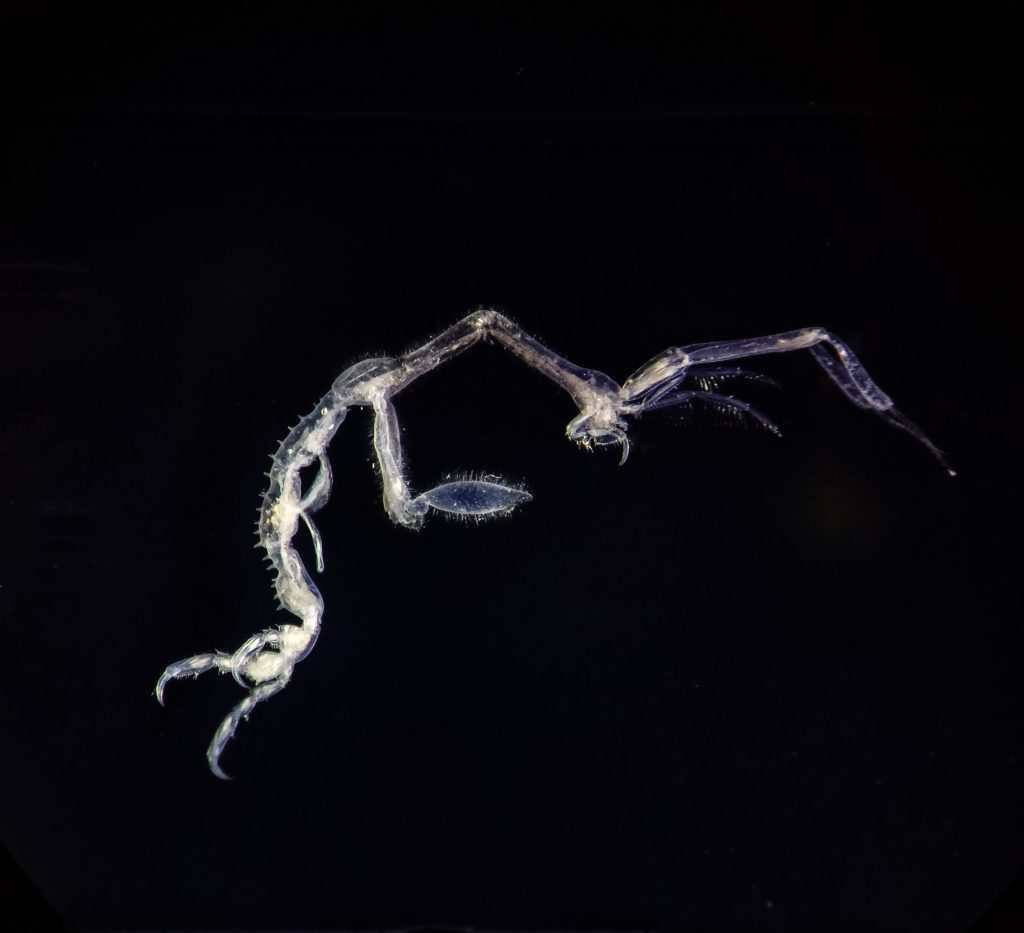
References
1. Howson, C.M. and Picton, B.E. eds., 1997. The species directory of the marine fauna and flora of the British Isles and surrounding seas (No. 276). Ulster Museum.
2. Willis, K.J., Cook, E.J., Lozano-Fernandez, M. and Takeuchi, I., 2004. First record of the alien caprellid amphipod, Caprella mutica, for the UK. Journal of the Marine Biological Association of the United Kingdom, 84(5), pp.1027-1028.
3. Boos, K., Ashton, G.V. and Cook, E.J., 2011. The Japanese skeleton shrimp Caprella mutica (Crustacea, Amphipoda): a global invader of coastal waters. In In the wrong place-alien marine crustaceans: distribution, biology and impacts (pp. 129-156). Springer, Dordrecht.
4. Ashton, G., 2006. Distribution and dispersal of the non-native caprellid amphipod, Caprella mutica Schurin 1935 (Doctoral dissertation).
5. Thiel, M. and Gutow, L., 2005a. The ecology of rafting in the marine environment. I. The floating substrata. Oceanography and Marine Biology: an annual review, 42, pp.181-264.
6. Boos, K., 2009. Mechanisms of a successful immigration from north-east Asia: population dynamics, life history traits and interspecific interactions in the caprellid amphipod Caprella mutica Schurin, 1935 (Crustacea, Amphipoda) in European coastal waters (Doctoral dissertation).
7. Cook, E.J., Willis, K.J. and Lozano-Fernandez, M., 2007. Survivorship, growth and reproduction of the non-native Caprella mutica Schurin, 1935 (Crustacea: Amphipoda). Hydrobiologia, 590(1), pp.55-64.
8. Coolen, J.W., Lengkeek, W., Degraer, S., Kerckhof, F., Kirkwood, R.J. and Lindeboom, H.J., 2016. Distribution of the invasive Caprella mutica Schurin, 1935 and native Caprella linearis (Linnaeus, 1767) on artificial hard substrates in the North Sea: separation by habitat. Aquatic Invasions, 11(4).



